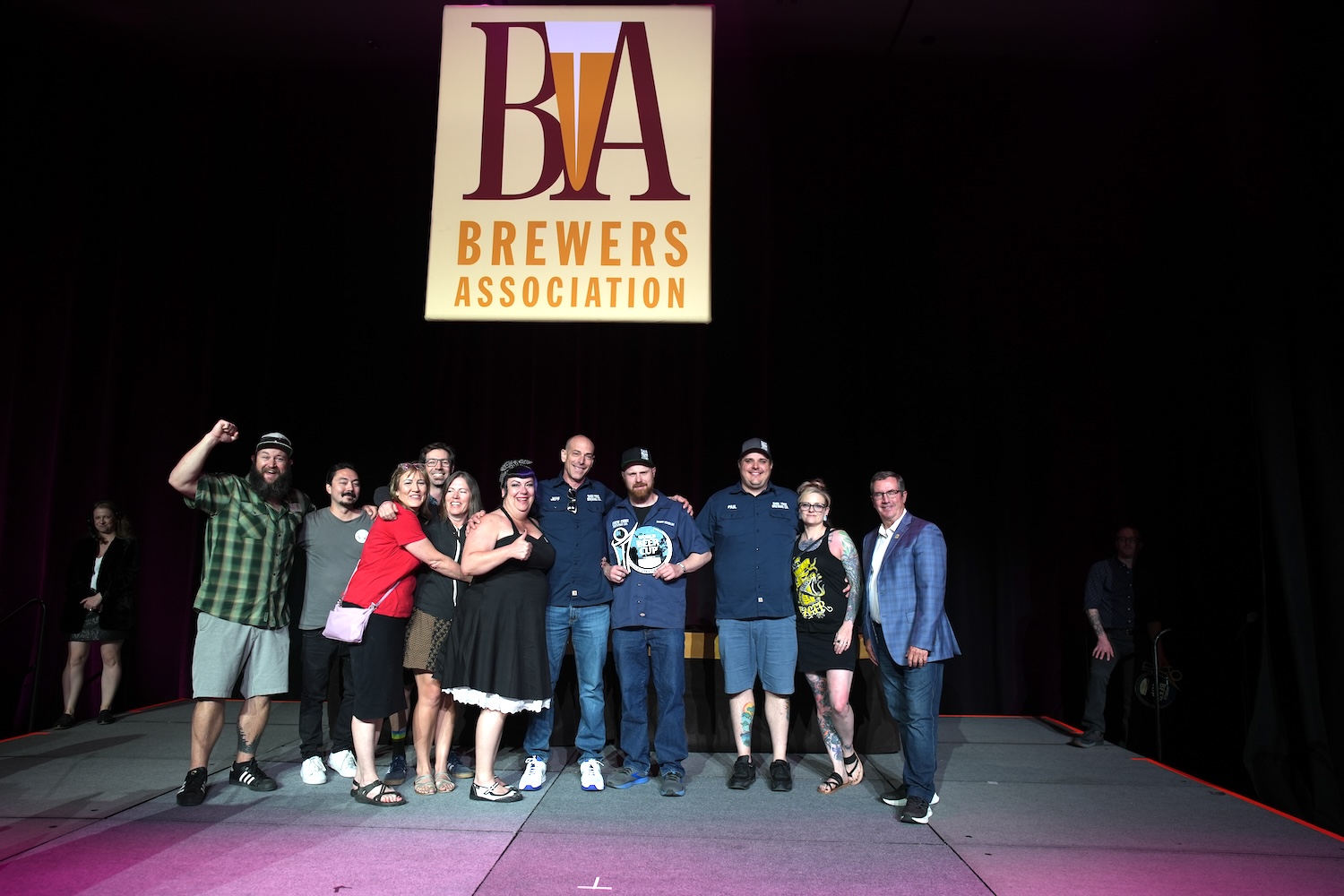Unsettling the Science of Climate Change: Why Ken Ham’s Critique of Assumptions Matters
In a recent talk, Ken Ham, a well-known author, blogger, and speaker, addressed the topic of climate change science and its history of failed predictions. Ham pointed out that many…
Unveiling the Impact of Funeral Directors on Organ Donation Awareness: A Journey into the Final Moments
In this episode of the We Talk Health Podcast, we continue our Donate Life Series, taking place during National Donate Life Month in April. We are joined by two funeral…
Shoe Tree Brewing Takes Home Silver Medal in World Beer Cup’s American-Style Brown Ale Category
The 2024 World Beer Cup recently awarded Shoe Tree Brewing with a silver medal in the American-Style Brown Ale category. The ceremony took place on April 24 at The Venetian…
Female Entrepreneur Tackles Business Challenges with Help from Small Business Development Center
Pacific Storage Solutions recently celebrated its grand opening in Yuma with a ribbon-cutting ceremony. The storage company specializes in renting and selling reusable cargo containers, as well as providing spaces…
Healthcare Cybersecurity: Navigating the Complex Challenges in a Rapidly Evolving Field.
Healthcare organizations are facing significant challenges when it comes to maintaining strong cybersecurity measures as technology evolves. With healthcare increasingly relying on digital solutions for patient care, the need to…
Gov. Hochul Visits Albany School of Humanities to Highlight the Importance of Explicit Phonics Instruction and Literacy
At the National NSEA Distinguished School, Albany School of Humanities, Gov. Kathy Hochul paid a visit to the first-grade class of Deah Postiglion to observe the City School District of…
Michigan Wide Receiver Roman Wilson’s Prediction on Multiple Wolverines in NFL Draft Comes True as Four Players Selected so Far
Roman Wilson, a former Michigan wide receiver, expressed his belief earlier this month that former Michigan head coach Jim Harbaugh would choose multiple Wolverines in the NFL Draft. So far,…
Revolutionizing Stadium Entry: Valencia CF and LALIGA Introduce NFC Technology at Mestalla Stadium
Valencia CF and LALIGA have collaborated to introduce NFC technology at Mestalla stadium, allowing VCF Socio season ticket holders to utilize their digital pass at the turnstiles. The transition to…
Breaking Down Day 2 of the Patriots’ Draft Picks for QB Drake Maye: Potential and Areas for Improvement
The Patriots have drafted Drake Maye, a tough and competitive player with the necessary physical attributes to excel at the quarterback position. Despite some areas of his game that need…
Illuminating Insights: The School of Data Science at the University of Virginia’s Unique Collaborative Space
The School of Data Science at the University of Virginia has created a unique space that fosters collaboration, innovation and hosts various events. This space not only provides opportunities for…



